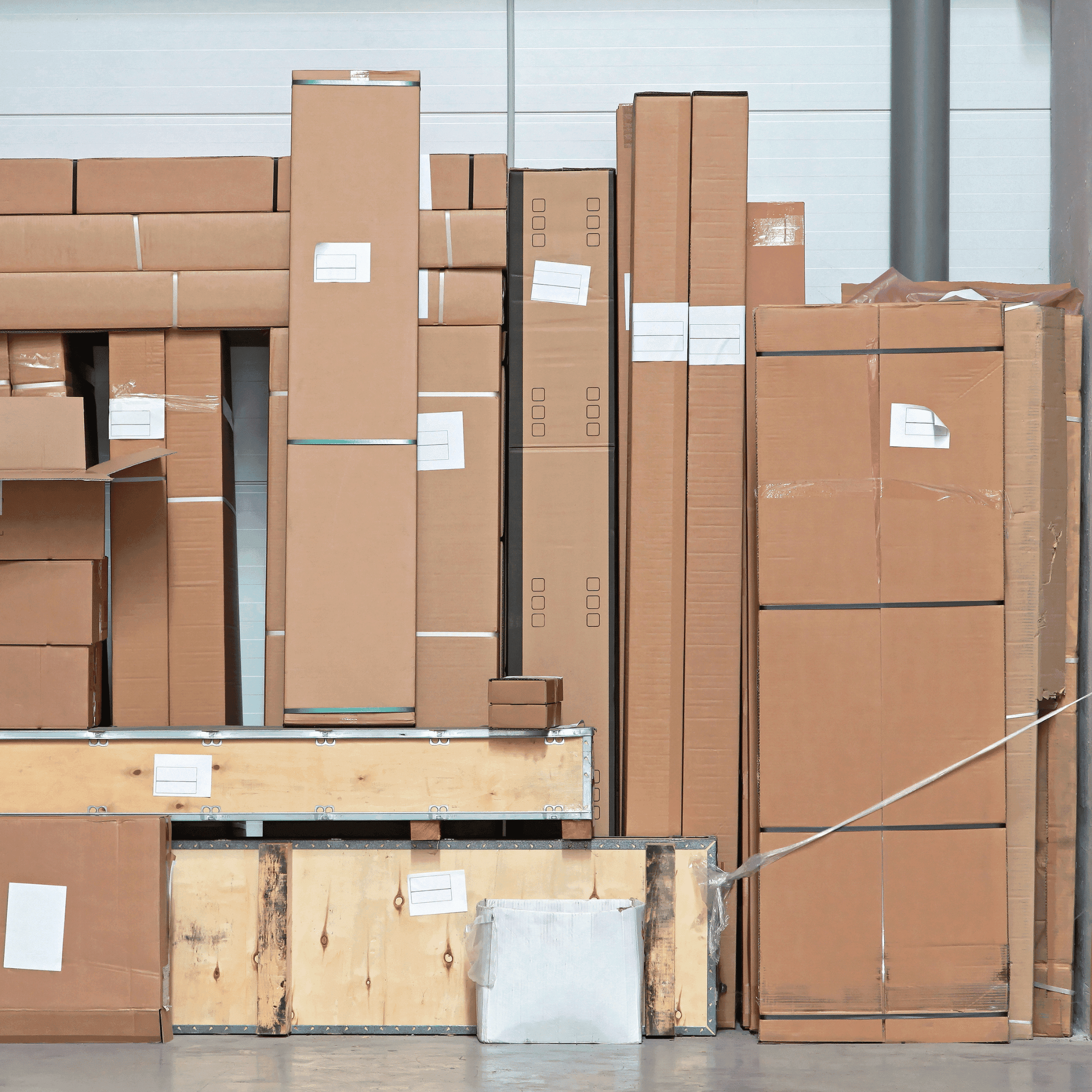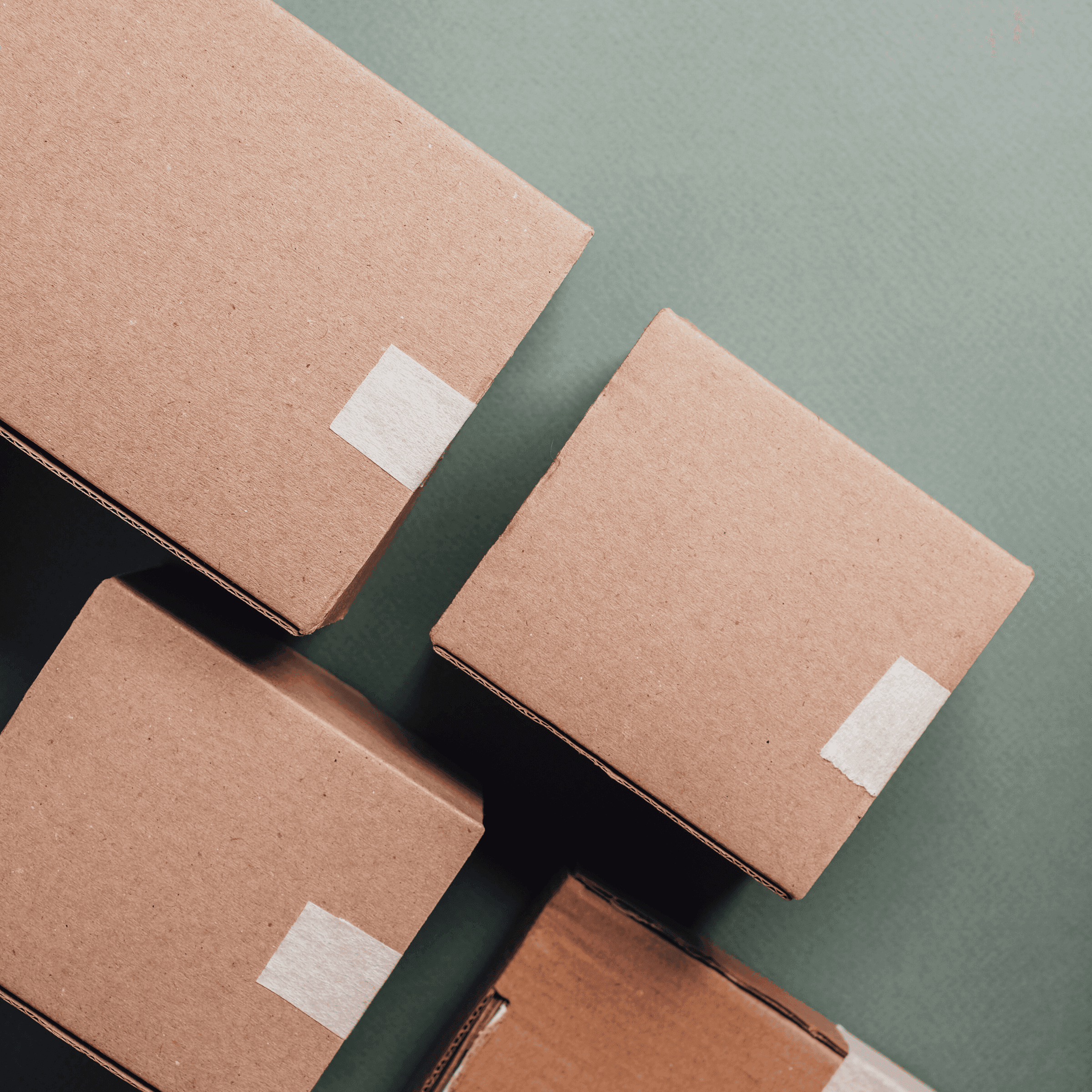In 2025, sustainability is no longer a differentiator in the logistics industry—it’s a baseline expectation. As environmental, social, and governance (ESG) commitments become central to brand strategy, companies are looking to their third-party logistics (3PL) partners to play a direct role in reducing emissions, minimizing waste, and supporting circular supply chain practices.
This shift is reshaping what brands demand from 3PLs—from eco-friendly packaging and carbon emissions reporting to green warehousing and transparent labor practices.
Whether you're a startup brand aiming for B Corp certification or an enterprise retailer managing Scope 3 emissions, your 3PL now directly impacts your sustainability footprint. This article explores the top sustainability priorities brands expect from 3PL providers in 2025—and what it takes to stay competitive in an environmentally conscious logistics landscape.
Why Sustainability Has Become Non-Negotiable for 3PLs
The rise of conscious consumerism and corporate accountability is driving dramatic change across supply chains. A 2025 McKinsey report revealed that 67% of global consumers now consider a brand’s environmental practices before making a purchase, and 78% of Gen Z shoppers actively seek sustainable options.
In response, retailers and ecommerce brands are setting aggressive ESG goals, many of which are dependent on logistics partners. From carbon emissions during last-mile delivery to packaging waste generated during order fulfillment, brands recognize that their 3PL’s operations are inextricably linked to their sustainability performance.
Why it matters:
- Scope 3 emissions (from outsourced logistics, manufacturing, and distribution) account for the majority of a company’s carbon footprint.
- ESG-aligned investors are pressuring public companies to verify sustainable supply chain practices.
- Regulations like California’s SB 253 require companies to report supply chain emissions and social responsibility metrics.

What Ecommerce and Retail Brands Want from Their 3PLs in 2025
1. Carbon Tracking and Scope 3 Emissions Reporting
Carbon transparency is one of the most urgent priorities. Brands now demand that 3PLs provide accurate emissions data tied to warehousing, transportation, and packaging. This data feeds directly into corporate sustainability reports, SEC climate disclosures, and carbon offset strategies.
Key requirements include:
- CO₂ emissions per order, shipment, and route
- Access to real-time sustainability dashboards
- Integration with platforms like Watershed or Salesforce Net Zero Cloud
- Options for offsetting emissions via verified carbon credits
2. Eco-Friendly and Minimal Packaging Solutions
Packaging is often the most visible aspect of a brand’s sustainability story. In 2025, brands expect 3PLs to offer a variety of environmentally responsible packaging options—and to actively reduce excess materials during kitting and fulfillment.
Common requests:
- FSC-certified, recycled, or biodegradable mailers and boxes
- Plastic-free void fill and compostable dunnage
- Automated box resizing to reduce dimensional weight
- Reusable packaging for returns and subscription models
Brands also want packaging that aligns with their aesthetics while minimizing environmental impact.
3. Green Warehousing and Energy-Efficient Operations
Eco-conscious brands are asking for 3PL warehouses that reduce energy consumption, improve environmental performance, and meet green building standards. The presence of LEED-certified facilities, solar panels, and electric material handling equipment is now a selling point.
Expected features in 2025:
- Solar-powered or energy-efficient warehouse lighting and HVAC
- Use of renewable energy providers
- Electric forklifts and low-emission equipment
- Smart warehouse management systems to reduce idle time and overstock
Some brands are even requesting shared sustainability scorecards to measure warehouse-level emissions and energy usage.
4. Smarter Freight Consolidation and Route Optimization
Transportation remains the most carbon-intensive part of the supply chain. Brands are prioritizing 3PLs that can reduce freight miles through route optimization, zone skipping, and dynamic consolidation of ecommerce and wholesale orders.
How top 3PLs are helping:
- AI-based order grouping to reduce parcel count
- Regional inventory placement for lower last-mile impact
- Load pooling to reduce half-empty trucks
- Carbon-efficient carrier selection
This not only reduces emissions but also cuts shipping costs—a win-win for brands and consumers.
5. Transparent Labor Practices and DEI Commitments
In 2025, the definition of sustainability has expanded to include social responsibility. Brands now assess 3PLs based on workforce practices, community engagement, and commitments to diversity, equity, and inclusion (DEI).
Brands want proof of:
- Fair wages and worker safety protocols
- Transparent hiring and retention practices
- DEI initiatives and inclusive workforce development
- Community partnerships and hiring from underrepresented groups
For mission-driven brands, a logistics partner’s labor practices can make or break a deal.

How Leading 3PLs Are Responding to the Sustainability Demand
Snapl
Snapl offers bonded warehousing, which reduces redundant international shipping and defers duties—allowing ecommerce brands to reduce customs-related emissions. Snapl also supports sustainable packaging, regional fulfillment strategies, and custom carbon tracking upon request.
ShipBob
Launched a carbon-neutral fulfillment program and partnered with EcoCart to let brands offset emissions at checkout.
Flexe
Optimizes warehouse space across a flexible network, reducing underutilized square footage and energy waste.
Ryder
Expanded its electric truck fleet and invested in renewable energy for select warehouses across the U.S.
Future Trends: Where 3PL Sustainability Is Headed
- Reusable Packaging Loops: Especially for subscription and DTC brands.
- Carbon-Informed Carrier Selection: Brands choose carriers based on emissions-per-package.
- Climate Scenario Planning: Using AI to model climate risks to warehousing and shipping routes.
- Full-Spectrum ESG Dashboards: Integrating environmental, labor, and governance data in client portals.
As 3PLs digitize their operations, sustainability reporting will be embedded in warehouse management systems (WMS), transportation management systems (TMS), and even label generation software.

A Sustainable 3PL Is a Competitive Advantage in 2025
Sustainability is not a temporary trend—it’s the new standard. In 2025, brands expect their logistics partners to do more than move boxes. They want strategic allies who can reduce emissions, promote ethical labor, and help them meet ambitious ESG goals.
If you’re a 3PL, this is your moment to evolve. By investing in clean technologies, eco-friendly operations, and transparent practices, you don’t just stay relevant—you become indispensable.
Snapl helps brands ship smarter, store cleaner, and meet compliance with confidence.
With bonded warehousing, sustainable packaging options, and efficient ecommerce fulfillment from New Jersey and Massachusetts, we’re a trusted partner for logistics teams that care about impact.

Looking for a Sustainability-Focused 3PL?
Contact Us





